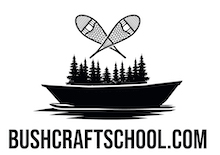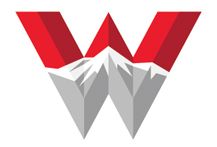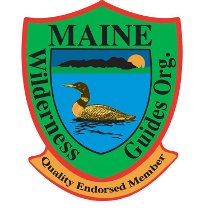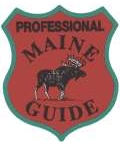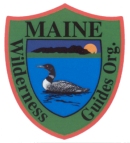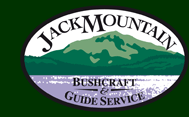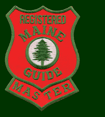Knowledge of identification, harvesting, processing and use of edible, medicinal and otherwise useful plants makes up a vast amount of practical and intellectual knowledge that was highly valued by cultures living off the bounty of the land. In our modern culture, where many people can’t identify the trees in their yard or the ones they pass every day on their way to work, such knowledge has become almost non-existent, or at least increasingly rare.
In our courses we spend time every day studying wild plants. Plant identification walks where students press samples of the common plants and photograph or sketch the less-common ones occur regularly, and each day students complete background studies on a single plant that they’ve identified. This exercise is cleverly named the “Plant of the Day”. Focusing on the background knowledge of a single plant at a time has worked well for our students as it allows them to process, taste, and use the plant, as well as read what many of the different authors have said about it. We don’t pretend that they’re experts on the plant after their day of study, but they have usually greatly increased their knowledge of it and taken an important step towards knowing it intimately.
There are numerous useful wild plants in our region, but to aid in the learning process of our students we’ve written up some of the more common ones that they’re likely to encounter on our courses. You can get that list as a .pdf file here, or by visiting our Online Articles page. There is one plant on the list that doesn’t grow in or near northern New England, but I included it because it is a useful plant and people will often buy the wood in order to build a specific craft. Can you tell which one it is, and what the craft is?
Studying plants is an important part of our naturalist studies curriculum, which, in addition to plants, focuses on weather, the night sky, mammals, birds, fish, mollusks, reptiles, amphibians, insects, fungi, rocks, minerals, soil, water, ice, limnology and ecology. The goal is to know something of the natural world around you and how it works. Bushcraft, then, is our human interaction with the natural world.

